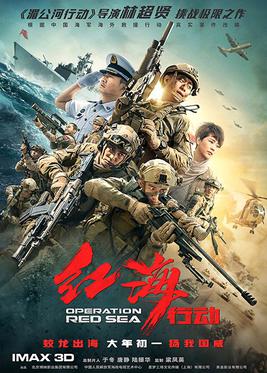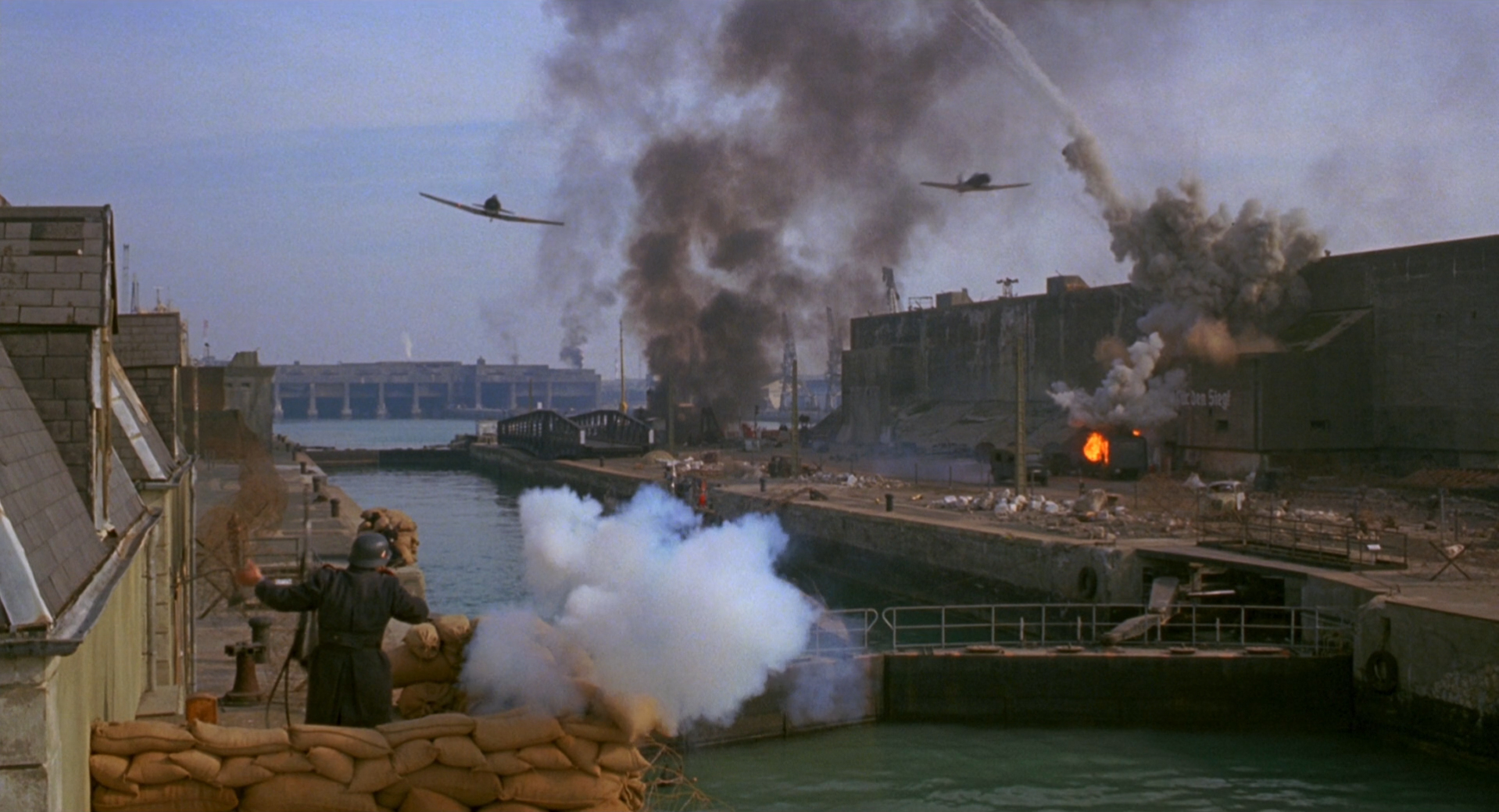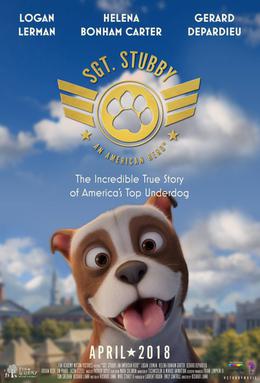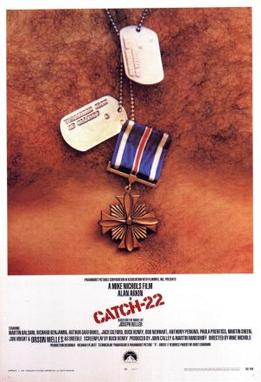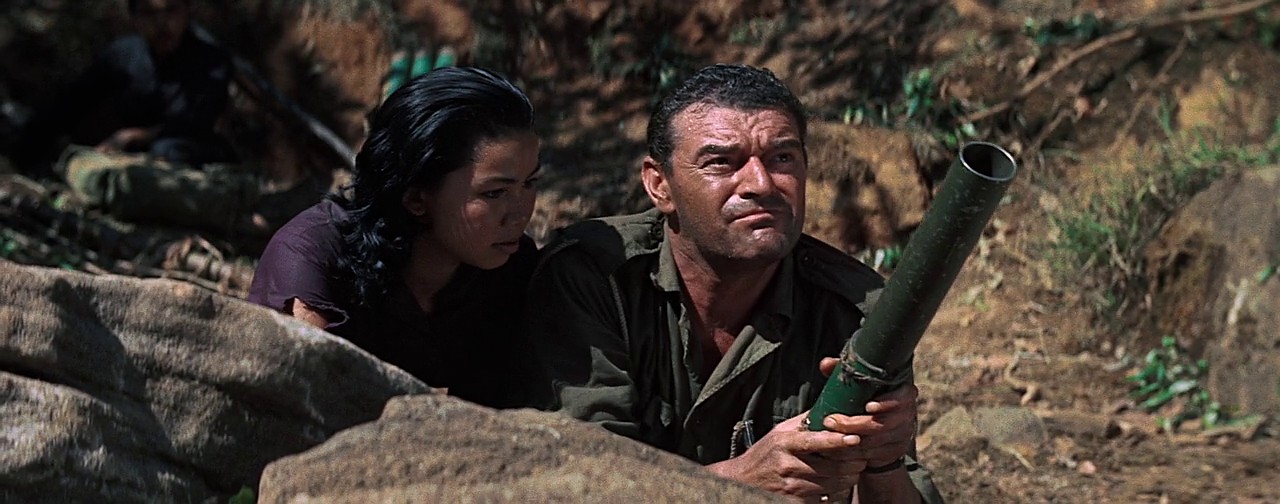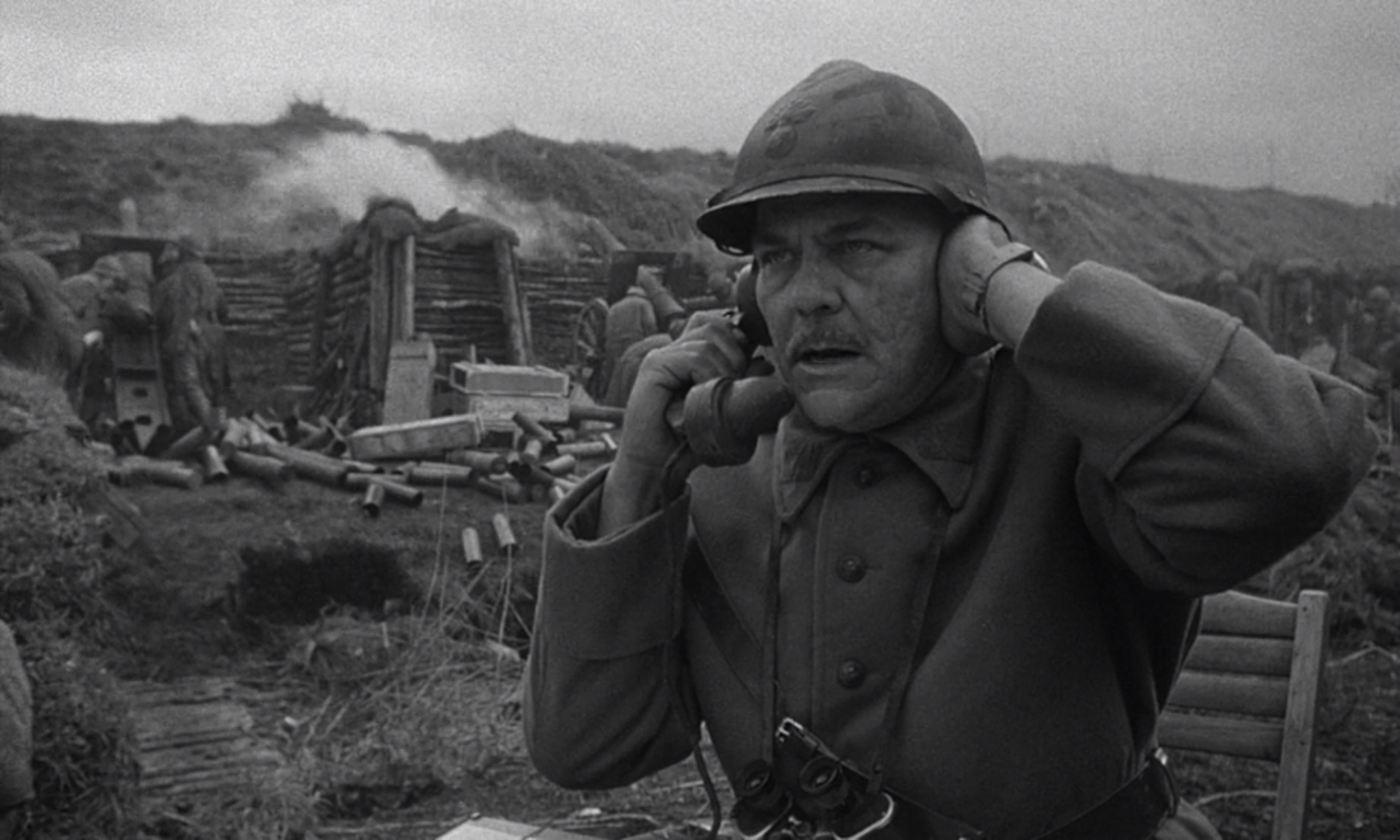“Operation
Red Sea” is a Chinese war movie loosely base on the rescue of 225 foreign
nationals and 600 Chinese civilians during the 2015 Yemeni Civil War. Chinese special forces participated in the
operation. The movie was timed to the 90th
Anniversary of the Peoples’ Liberation Army.
It was directed by Dante Lam, who had been an assistant director under
action icon John Woo. The apprenticeship
shows in this movie. It has been
described as China’s “first modern naval film”.
The
movie begins in the Gulf of Aden in 2015.
Somali pirates capture a Chinese cargo ship and hold the crew for
ransom. Their leader wears an eye patch,
but he does not have a parrot on his shoulder.
The Jiaolong Assault Team (basically the equivalent of Navy SEALs) is
sent in. The movie does not bother with
the negotiation or planning stages. Who
cares? We’re here for the action. And that action includes super slo-mo. So slow that we see the entire trip of
bullets. Now that the aperitif is
downed, it’s time for the main meal and it will have several courses. There is an ISIS type terrorist group called
Zaka that will have to be dealt with.
They are trying to get yellow cake to build a dirty bomb. A female reporter named Xia is hot on the
trail. She will link up with the
eight-person (one of them is a woman) commando unit, but first they have to
rescue the Chinese embassy staff from an ambush. Then survive their own ambush. Then rescue a Chinese diplomat from a village
full of Zaka. Not subtly. Then stop the acquisition of the yellow cake
by Zaka’s Bin Laden. There’s a little
talking in between the set pieces.
“Operation
Red Sea” is combat porn, but it is done with flair and a big budget. There are breathers shoe-horned in, but the
movie is basically a series of gonzo action scenes. There is a very high percentage of action in
this film. Although supposedly based on
actual events, it jumps the reality fence early and never looks back. In some ways it copies from American special
forces movies, but adds the Asian action that John Woo is famous for. And where an American SEAL movie might have
two missions, this movie has four. More
is better, right. There are two
ambushes. There are two sniper
duels. The violence is graphic and
unrelenting. So unrelenting that no one
has time to reload. Which is good,
because they don’t seem to carry any extra ammo. As is required in movies like this, each
action scene has to top the last. Before
the audience can limp out of the theater, they got a tank chase/duel! They also got to marvel at the technology the
Chinese military has for battling terrorism.
For instance, they have a mini-drone that can be maneuvered over bad guys
to explode onto them. Twice.
You
won’t get much character development, but at least the names of the commandoes
is flashed on the screen when they first appear. (Nice touch for those of us who had a hard
time telling them apart.) The movie does
have two strong female characters. Xia
is the feisty investigative reporter (outside China, of course) and she is
capable of morphing into an action hero.
Tong Li is the female operative and she holds her own with the
guys. She’s the Vasquez (“Aliens”) of
the group. The acting is good and they
are not forced to say mindless snark.
The movie may be over the top, but it is not silly. It clearly is meant to laud the Chinese navy,
but it is not overly propagandistic.
I
don’t know whether to compliment the Chinese for copying American movies. Why should our plots be off limits when
everything else isn’t? You will
recognize cribbing from “Black Hawk Down”,
“Act of Valor”, “Lone Survivor”, and “American Sniper”. This movie might not be in a league with
those movies, but it puts China in the game.
I still prefer South Korean war movies, but the Chinese have some
potential. And if their special forces
are like the movie depicts, we don’t want to fight them. By the way, the last scene has a Chinese
fleet warning American ship to stay out of Chinese waters.
“Operation
Red Sea” is an entertaining action extravaganza for guys. Even with the two female characters, it is as
far from a chick-flick as you can get.
If you are not a big fan of reality and prefer ammo-expenditure,
explosions, slaughter of terrorists, and tanks dueling in a sand storm, it is a
movie for you. Just don’t watch it as a
documentary of how the Chinese military evacuated civilians from Yemen in 2015.
GRADE
= B
